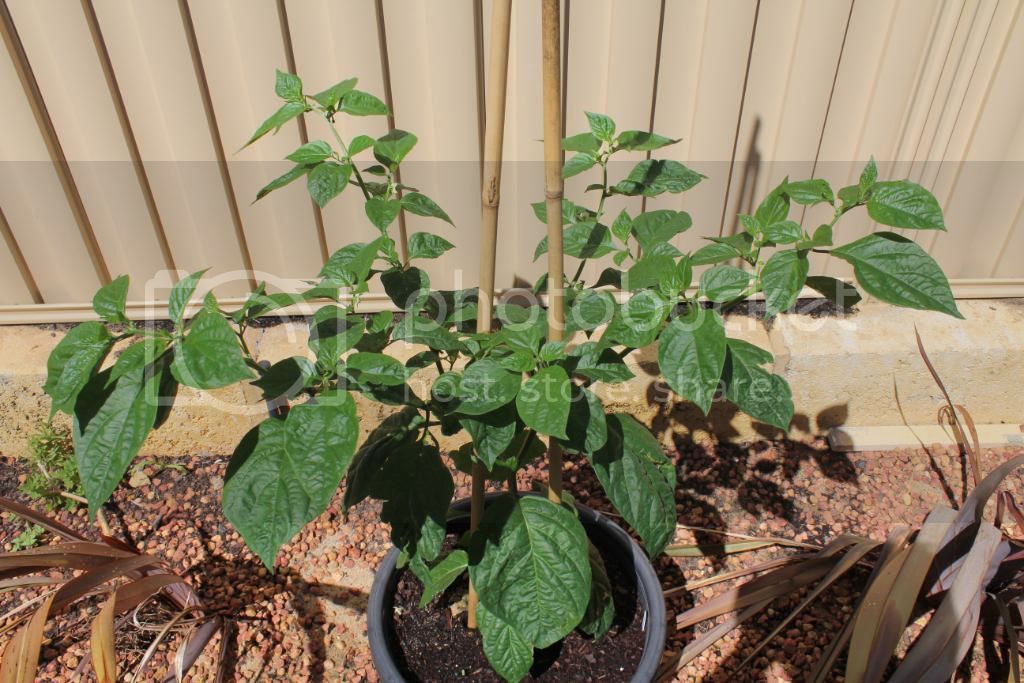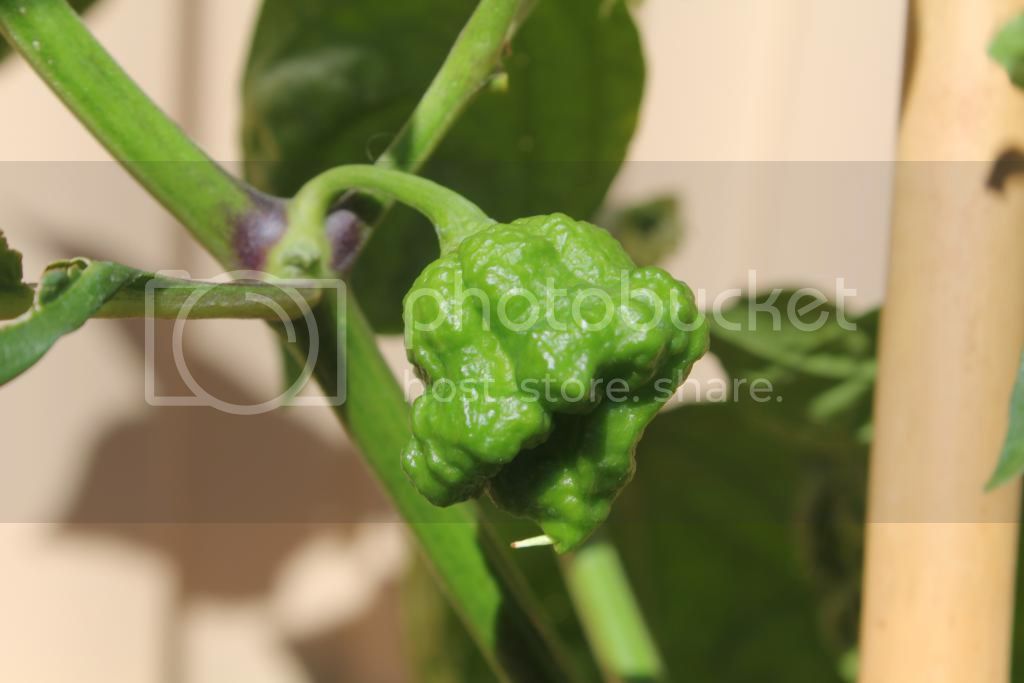I can be wrong! But the fruit body is already there before the flower gets pollinated, isn't it?
Not sure if it's the fruit body or the "egg" to the fruit body. Nothing will grow until the "egg" gets fertilized right?
The other thread I started about the "F's" has reached a, what I really hope anyway, a conclusion that I believe is correct. Still doesn't answer the question here about whether choosing specific pods will make any difference.
How do you know that?^^ Just a very interesting topic, I do not want to be offensive! But if the pod itself( without the seeds) carries the plants genotype, and (unless its a chimera) it has the same genes everywhere, what difference does it make which pod you choose?
No no no, not being offensive at all! Love the discussion, hopefully we'll either stumble upon a correct answer or somebody with more smarts than me will come along and straighten this out.
Try this on for size.
Definition: An allele is an alternative form of a gene (one member of a pair) that is located at a specific position on a specific chromosome. These DNA codings determine distinct traits that can be passed on from parents to offspring. The process by which alleles are transmitted was discovered by Gregor Mendel and formulated in what is known as Mendel's law of segregation.
Examples:
The gene for seed shape in pea plants exists in two forms, one form or allele for round seed shape ® and the other for wrinkled seed shape ®.
Organisms have two alleles for each trait. When the alleles of a pair are heterozygous, one is dominant and the other is recessive. The dominant allele is expressed and the recessive allele is masked. Using the previous example, round seed shape ® is dominant and wrinkled seed shape ® is recessive. Round: (RR) or (Rr), Wrinkled: (rr).
I found this here: http://www.google.co...9,d.b2I&cad=rja
So maybe by selecting pods with the traits we want they have more of the dominant alleles that give it those traits. By choosing those pods, growing plants from those seeds and then crossing them unto themselves we're making the allele that causes the traits we want to become the dominant ones. Hence by selecting the pods with the traits we like we can grow plants that produce those pods. Holy cow that makes sense to me. I'm stunned.


